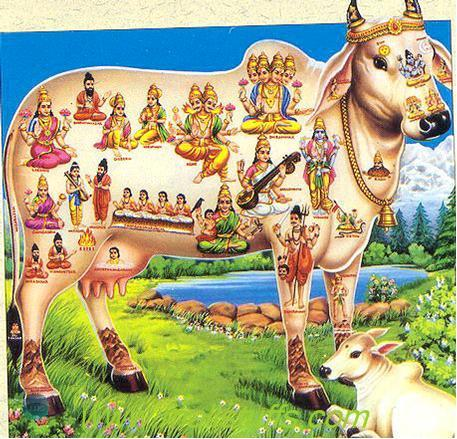In the heart of ancient Mesoamerica, among dense jungles and towering stone temples, the Maya civilization revered one of their most important deities: Kukulkan, the Feathered Serpent. Both divine and awe-inspiring, Kukulkan was more than just a mythological figure—he represented the life-giving forces of nature and the intellectual foundation of Mayan culture.
Who Was Kukulkan?
Kukulkan, whose name in the Mayan language means "Plumed Serpent" or "Feathered Snake", was a powerful deity associated with rain, wind, storms, knowledge, and creation. He is often considered the Mayan counterpart to Quetzalcoatl of the Aztecs and other Mesoamerican feathered serpent gods.
In Mayan art and inscriptions, Kukulkan is usually depicted as a serpent adorned with feathers, symbolizing his dual nature—earthbound and celestial, physical and spiritual.
Master of Wind and Rain
Kukulkan held sway over the elements crucial to agriculture—especially wind and rain. For a civilization dependent on seasonal cycles to sustain their maize-based agriculture, these forces weren’t just weather patterns; they were divine powers that governed survival.
Wind was believed to carry the spirit of Kukulkan across the land, announcing seasonal changes.
Rain—a lifeline for crops—was called forth through rituals invoking Kukulkan’s favor.
He was also linked to storms and thunder, natural events that marked his presence and power.
His appearance in the sky, through phenomena like serpentine clouds or lightning, was interpreted as direct communication from the gods.
Bringer of Wisdom and Civilization
Beyond the elements, Kukulkan was also a civilizing hero. In many myths, he is credited with:
Teaching humans how to write, count, and build
Introducing sacred calendars and rituals
Instructing rulers and priests in governance and law
Because of this, Kukulkan was revered not only by commoners who relied on the weather but also by the intellectual elite—scribes, shamans, and astronomers.
In some narratives, he even appeared in human form, as a priest or king who brought prosperity and spiritual guidance to his people before vanishing, promising to return.
Kukulkan’s Temple: Chichen Itza
One of the most iconic monuments to Kukulkan is El Castillo, the Temple of Kukulkan at Chichen Itza, a major Mayan city in the Yucatán Peninsula.
This step-pyramid is a masterpiece of astronomical and religious engineering:
During the spring and autumn equinoxes, a serpent-shaped shadow appears to slither down the pyramid’s northern staircase, a visual manifestation of Kukulkan descending from the heavens.
The pyramid has 91 steps on each of the four sides, plus the top platform, totaling 365 steps—one for each day of the year.
This reflects Kukulkan’s deep connection to time, order, and the cosmos.
The temple itself functioned not just as a place of worship but also as a calendar and celestial observatory, underscoring Kukulkan’s link to both nature and intellect.
Syncretism and Enduring Legacy
When the Spanish arrived in the 16th century, they found that Kukulkan’s worship was still vibrant. His mythos later merged with Christian figures like St. Thomas, leading to a blend of indigenous and European beliefs.
Today, Kukulkan lives on in Maya descendant communities, who continue to hold ceremonies and honor his presence in traditional practices and regional folklore. His image and legacy also remain powerful cultural symbols in modern Mexico and Central America.
Symbol of Balance
Kukulkan represents balance—between sky and earth, nature and knowledge, creation and destruction. As a feathered serpent, he is a fusion of bird and snake, flight and grounding, mystery and truth.
He is a reminder that true power lies not only in control of the elements, but in the wisdom to use them wisely.







